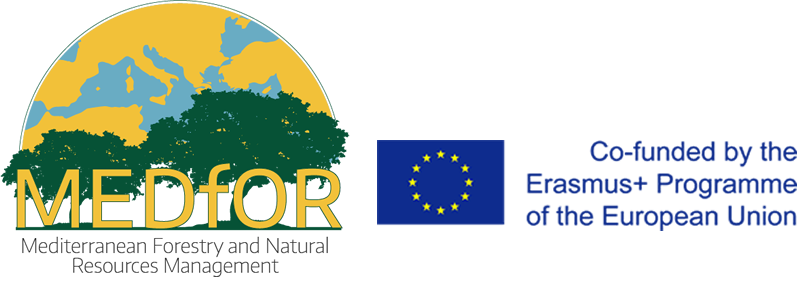Responses in soil carbon and nitrogen fractionation after prescribed burning in Pla de la Llacuna, Montseny .
Sangita Chowdhury 2020. Responses in soil carbon and nitrogen fractionation after prescribed burning in Pla de la Llacuna, Montseny Master Thesis. The University of Lleida - School of Agrifood, Forestry Science and Engineering.
Supervisors
Dr. Maria Teresa Sebastia, University of Lleida
Dr. Mercedes Ibanez, Forest Sciences Centre of Catalonia (CTFC)
Abstract
Prescribed fire is one of the most widely-used management tools to achieve precise and clearly defined objectives related to recover encroached rangelands. To my knowledge, there is no study that examines the legacy effect of the plant species on soil carbon (C) and nitrogen (N) particle size fractions after prescribed burning. Thus, this study aimed to assess the impact of prescribed burning on the C and N contents in the different fractions in topsoil (0-5cm and 5-10cm) in Pla de la Llacuna, Montseny, particularly to examine the legacy effect of the former extant plant species on soil carbon and nitrogen fraction distribution. Five vegetation patch types dominated by different plant functional types were identified. Multivariate analysis showed that patches dominated by different plant functional types show variability in the soil C and N contents, with legumes containing higher C and N proportions compared with other patch types, and most differentiated from biocrust soils. Soils under the legume Cytisus scoparius and the Atlantic shrub Calluna vulgaris were the ones showing a higher response to burning compared to the soil under the other species. According to univariate response analysis, C and N in total soil and in the sand fraction in the upper layer (0-5cm) decreased after prescribed burning, but increased in silt and clay fractions in the deeper layer (5-10 cm) likely due to downwards translocation and accumulation of C and N. The C/N ratio of total soil and sand fraction in the upper layer (0-5 cm), as well as silt fraction in both layers decreased after fire indicating soil C in the study site is labile. No significant interactions were found between plant species and burning in the total soil, neither in the three soil C and N fractions. But there were some tendencies for vegetation patch types to respond differently to burning, C. scoparius and C. vulgaris always being the most differentiated. This study will be helpful in terms of ecological, as well as management aspects, in terms of understanding ecological legacy effects and their possible consequences when planning prescribed burning.



